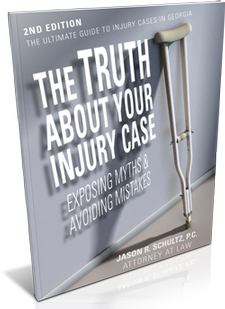Teach Your Child How to Interact With Dogs
Help your child build confidence around dogs by explaining that not all dogs bite and even dogs that do may do so for a reason. If they take precautions, they can avoid a dog bite. Here are some safety tips:
- Always ask the dog’s owner before approaching or petting it.
- Make a fist to protect their fingers and allow the dog to sniff their hand.
- Do not approach or touch dogs that are eating.
- Do not approach or touch dogs that are chewing or playing with a toy. Never take a toy away from a dog.
- Do not approach or touch a dog that is sleeping.
- Do not play rough with dogs.
- Do not pull dogs’ ears, tails, lips, paws, or other body parts.
- If a dog exhibits signs of aggression, stay away.
Teach Your Child Signs a Dog Is About to Bite
Explain which signs might indicate a dog is unfriendly and that should indicate that your child needs to stay away from the dog:
- Aggressive barking, snarling, and/or growling
- Tail up, wagging stiffly
- Ears back
- Curled lips
- Rigid body
- Attempts to block your path
- Lunges forward
Teach your child these signs and tell them to slowly back away from any dog that is exhibiting one or more of them. If the child is unable to walk away, advise the child to speak calmly and softly and keep their hands low to avoid threatening the dog.
Seek Help From a Mental Health Professional
It can be hard for some children to recover from a traumatic event like a dog bite without professional help. Some dog bite victims may suffer from depression, anxiety, or post-traumatic stress disorder, which can affect their lives in many ways. Psychologists and other mental health professionals can work with the child to help them move past their fears and teach them how to cope with their trauma.



